Unleashing the Power of Wear – Resistant Components in Slurry Pumps
Discover how the implementation of wear-resistant materials in slurry pump's flow components enhances operational efficiency and durability. Learn about the benefits, selection criteria, and industry applications of these high-performance materials.
Introduction: Wear-resistant materials have revolutionized the performance and longevity of slurry pumps’ flow components. By utilizing these advanced materials, industries can significantly enhance the efficiency and durability of their slurry pumping systems. This article delves into the benefits, selection criteria, and diverse applications of wear-resistant components in slurry pumps.
Benefits of Wear-Resistant Components: The incorporation of wear-resistant materials offers several key advantages for slurry pumps:
- Extended Service Life: Wear-resistant components exhibit exceptional resistance to abrasion, erosion, and corrosion, resulting in prolonged service life and reduced downtime.
- Enhanced Efficiency: These materials minimize internal friction, ensuring smooth flow and preventing energy losses, thereby improving overall pump efficiency.
- Cost Reduction: With increased durability, industries can reduce maintenance and replacement costs, enhancing the overall cost-effectiveness of slurry pump operations.
- Reliable Performance: Wear-resistant components maintain their structural integrity even under demanding operating conditions, ensuring consistent and reliable pump performance.
Selection Criteria for Wear-Resistant Materials: Choosing the appropriate wear-resistant material is crucial for optimizing slurry pump performance. Consider the following factors during material selection:
- Slurry Characteristics: Assess the composition, concentration, and particle size distribution of the slurry to determine the specific wear mechanisms involved.
- Operating Conditions: Evaluate temperature, pH levels, pressure, and velocity to select a material that can withstand the prevalent conditions.
- Material Properties: Look for attributes like hardness, toughness, chemical resistance, and compatibility with different slurries to ensure optimal performance.
- Cost-Effectiveness: Consider the balance between material performance and cost to maximize the overall value of the investment.
Applications in Various Industries: Wear-resistant components find extensive use in diverse industries requiring slurry pumping solutions. Some notable applications include:
- Mining: Slurry pumps equipped with wear-resistant materials efficiently transport abrasive minerals, ores, and tailings, supporting continuous mining operations.
- Dredging: Wear-resistant dredge pumps effectively handle sand, gravel, and other sediments during port maintenance, river dredging, and land reclamation projects.
- Mineral Processing: Slurry pumps play a crucial role in mineral processing plants by conveying slurries containing valuable minerals through various stages of extraction and separation.
- Power Generation: Wear-resistant components ensure reliable slurry transfer in coal-fired power plants, where the transportation of ash and limestone slurries is necessary.
Conclusion: The integration of wear-resistant components in slurry pumps significantly enhances operational efficiency and durability. Their ability to extend service life, improve pump efficiency, reduce costs, and deliver reliable performance makes them indispensable in various industries. By considering slurry characteristics, operating conditions, material properties, and cost-effectiveness, industries can select the most suitable wear-resistant materials for their specific application. Implementing these materials empowers businesses to optimize slurry pump performance and achieve long-term success in their operations.
Summary: This article explores the advantages, selection criteria, and wide-ranging applications of wear-resistant components in slurry pumps. The inclusion of wear-resistant materials enhances pump efficiency, extends service life, and reduces maintenance costs. Consideration of slurry characteristics, operating conditions, material properties, and cost-effectiveness ensures the optimal choice of wear-resistant materials. In industries such as mining, dredging, mineral processing, and power generation, these components play a vital role in achieving efficient and reliable slurry transport.

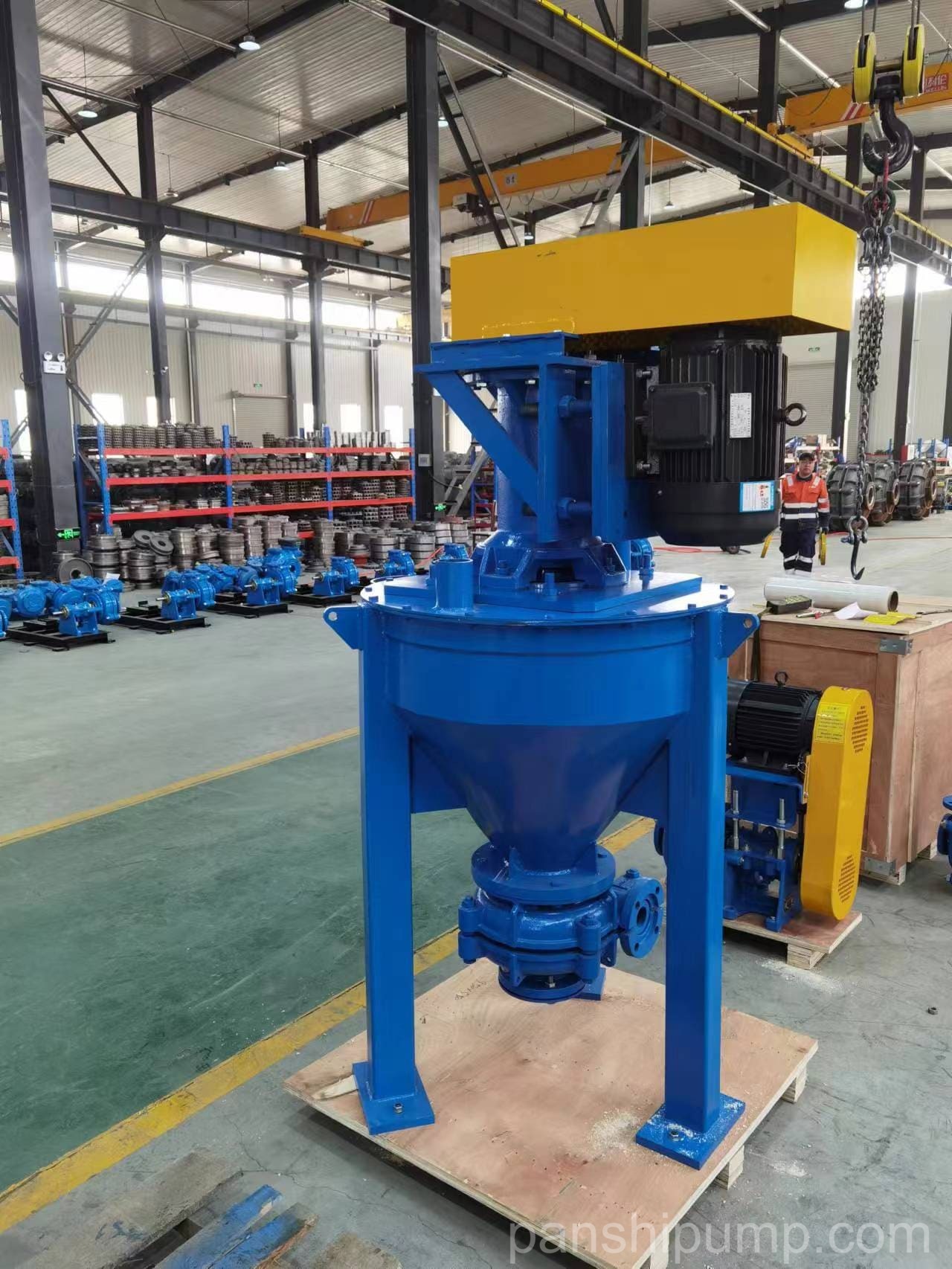
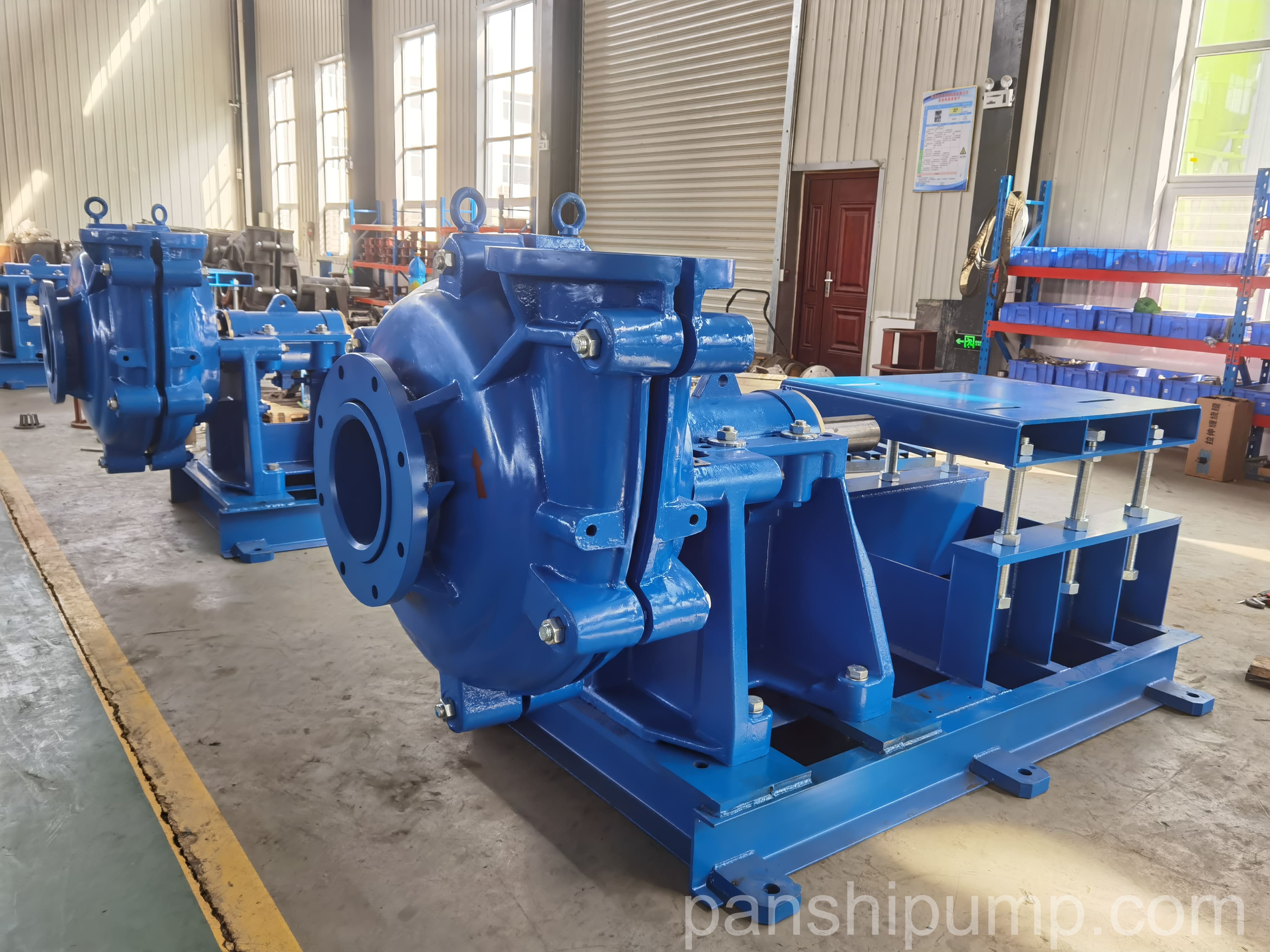
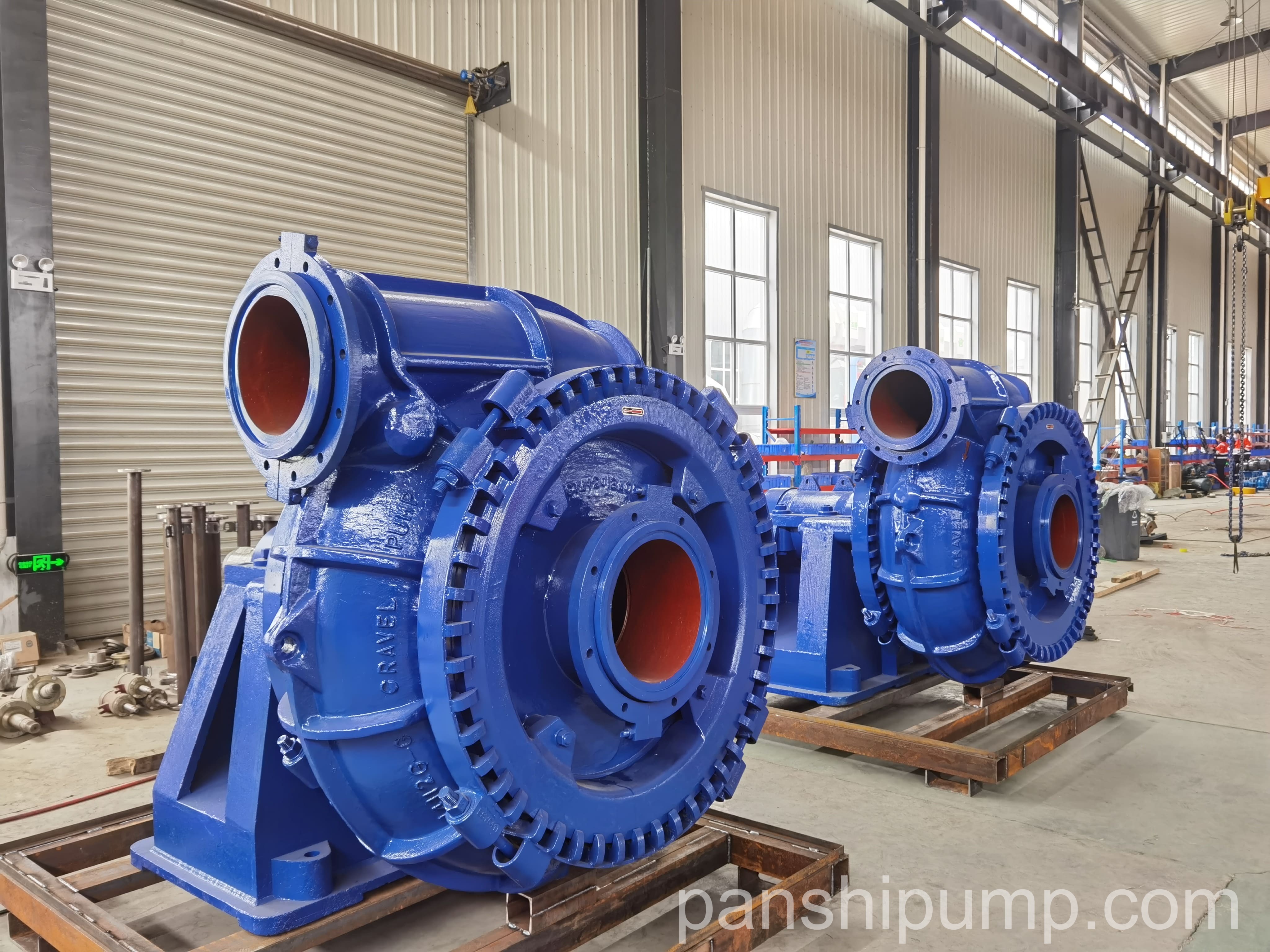
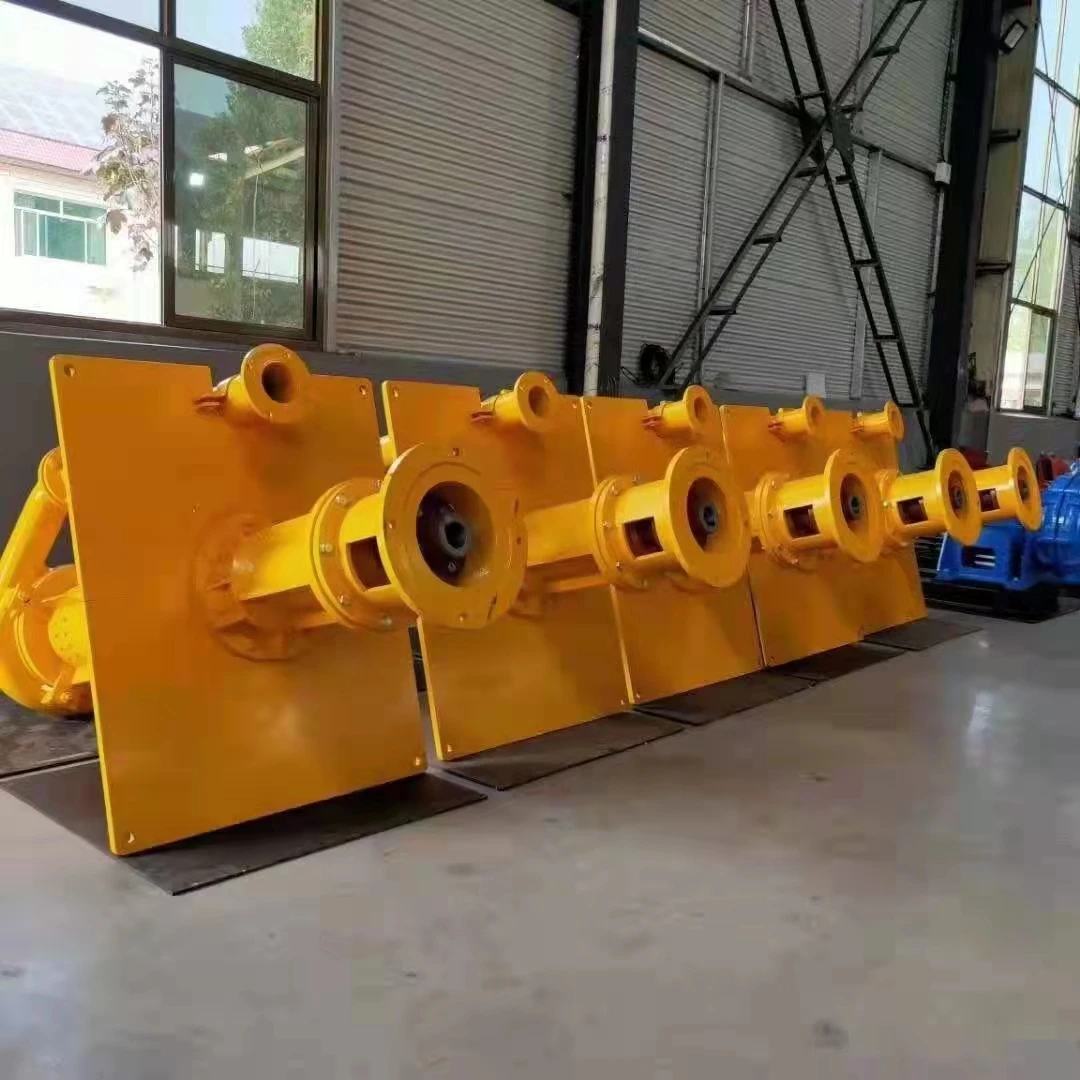
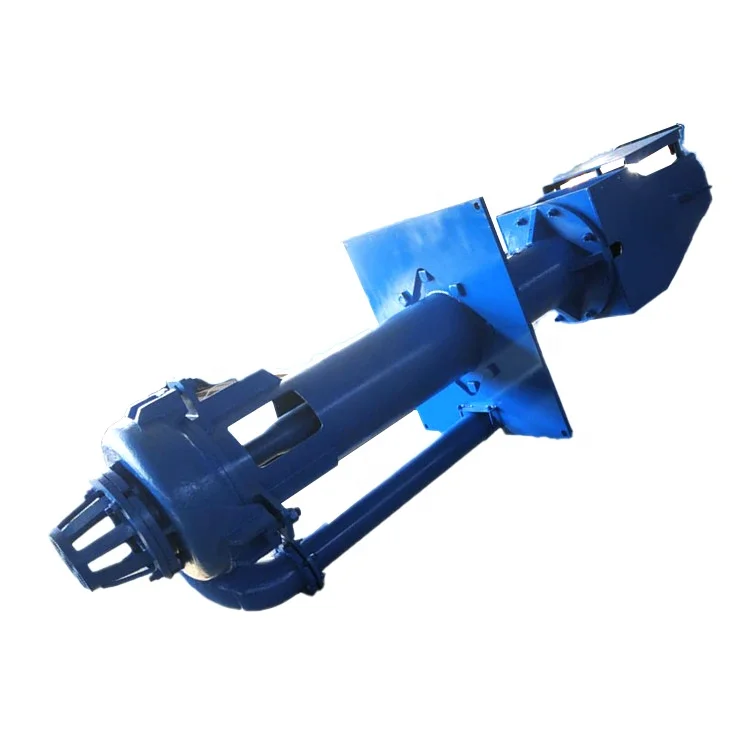
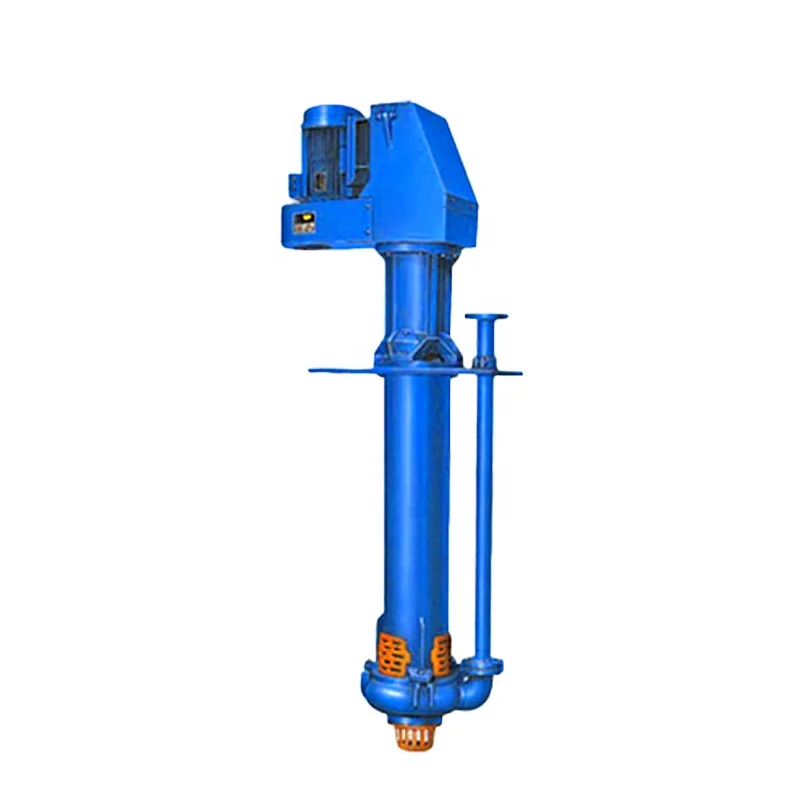
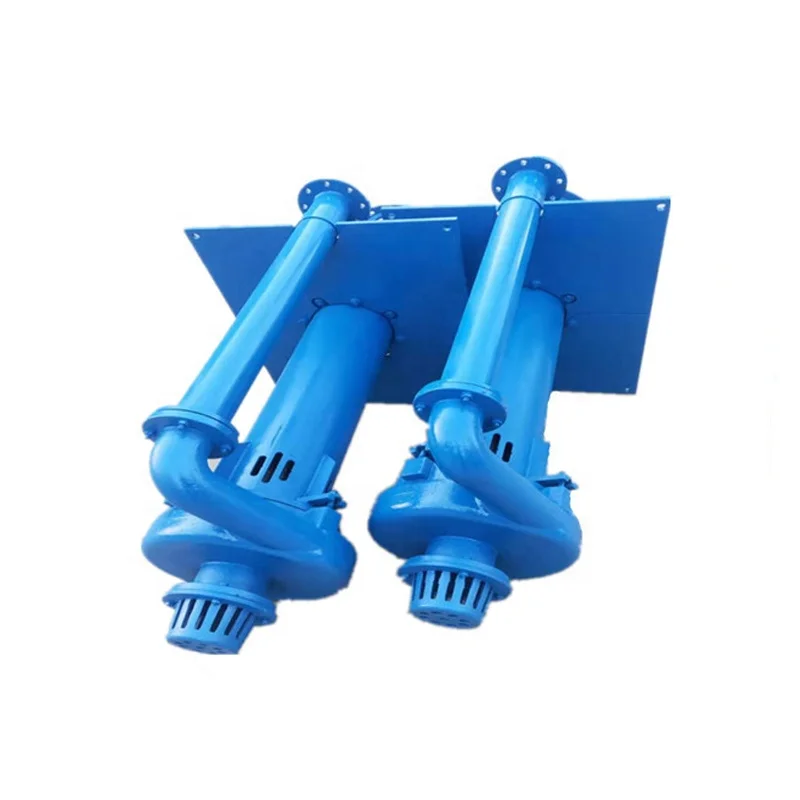
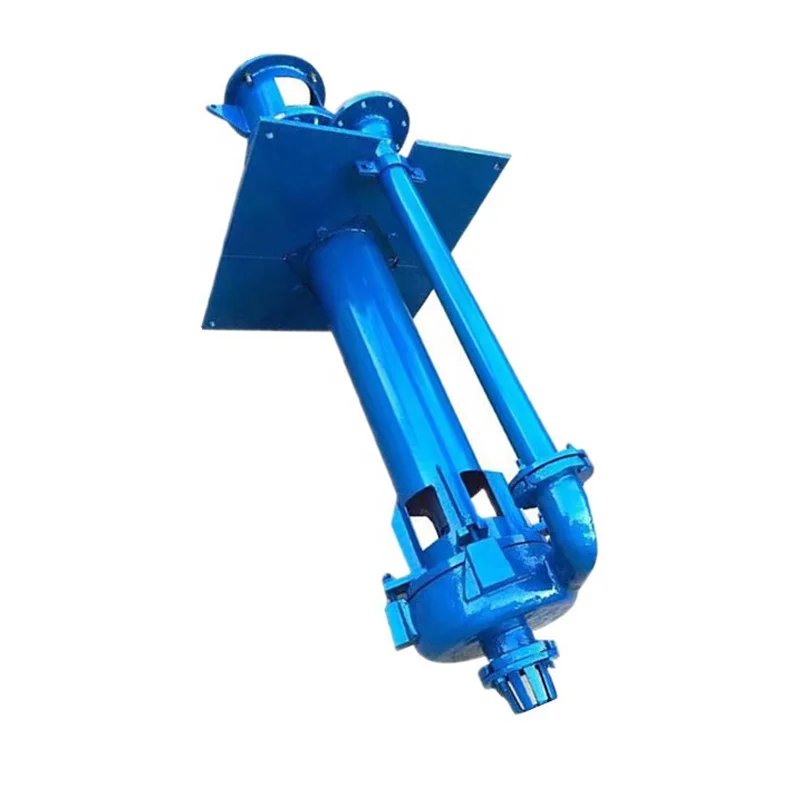
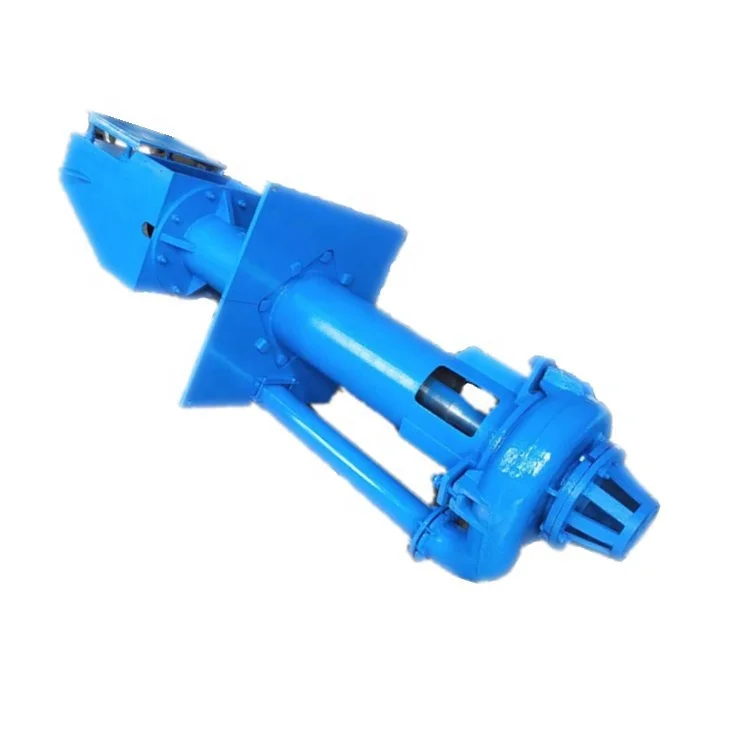
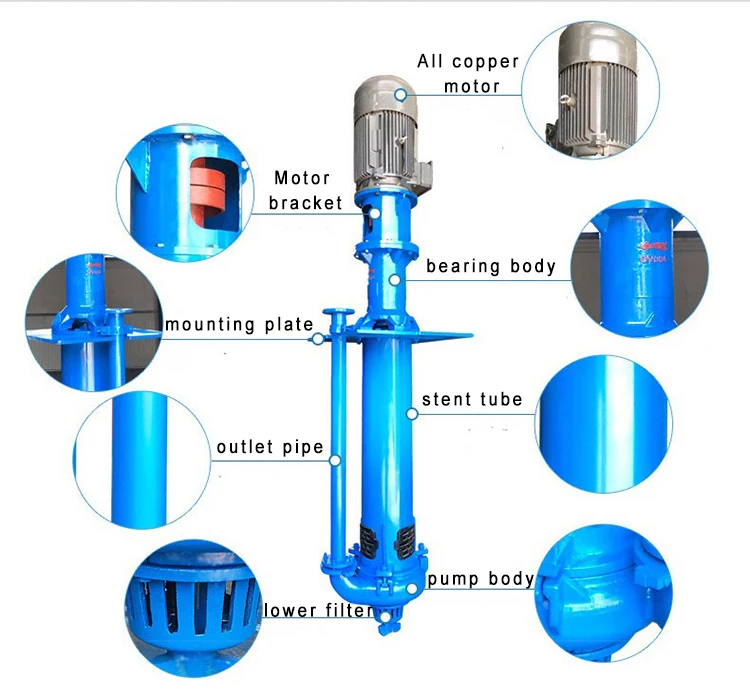
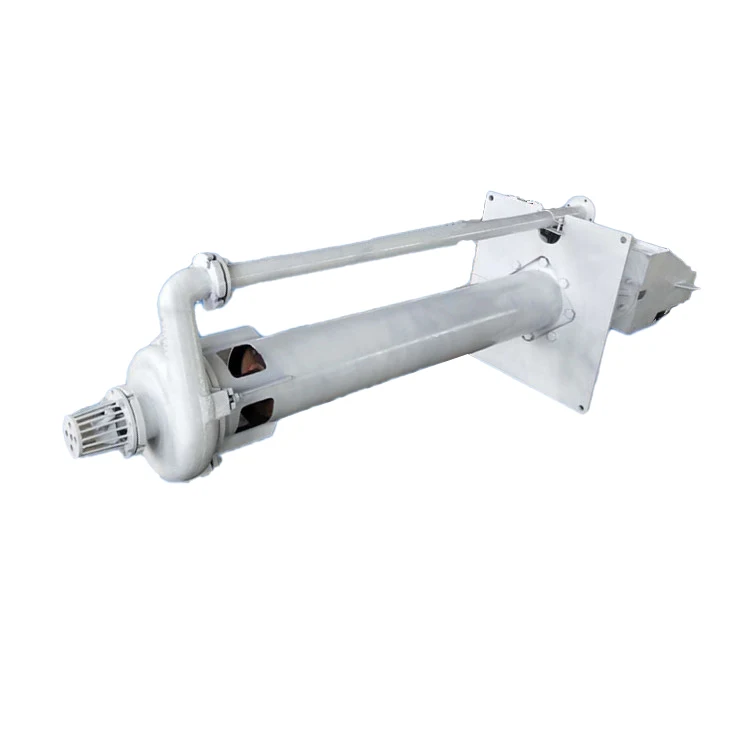
Please login to write a comment after